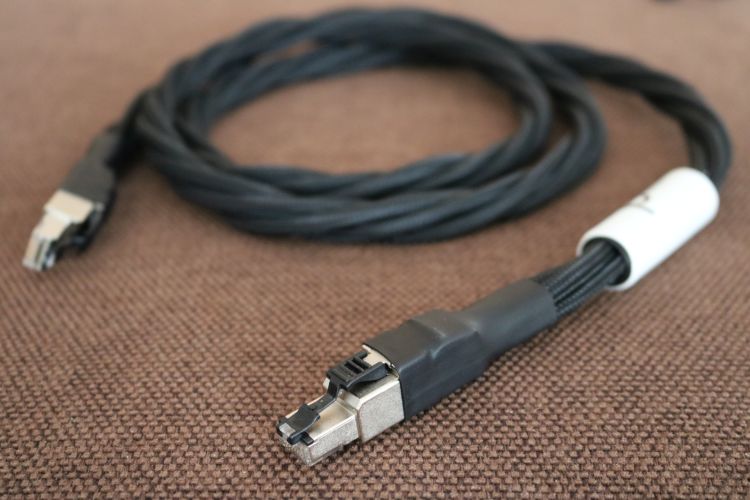
Review sample supplied by Pink Faun
Retail price in the Netherlands including 21% VAT: 907 euro
To many, high-end Ethernet cables are still a controversial subject. While plenty of experiments have proven to me that their influence is not imaginary, it sure is annoying that, so far, we have not been able to come up with a proper scientific explanation for why these cables can alter the sound. Further, what constitutes a good ethernet cable? There are clear guidelines for each category but since even 5-euro cables can follow these, this does not give us any handle on assessing the sound.
There are some theories, though, and the one I personally think is plausible is that it is not the music stream itself that is affected but rather the influence of noise that travels along and subsequently influences circuits downstream. But there is simply no way for me to qualify this, and so, all I can do is to relay as accurately as possible the audible influence of such cables.
These differences are actually easy to hear and the Pink Faun Digital Interlink LAN cable with its unique presentation turns out to be an ideal candidate to take away any remaining doubts.
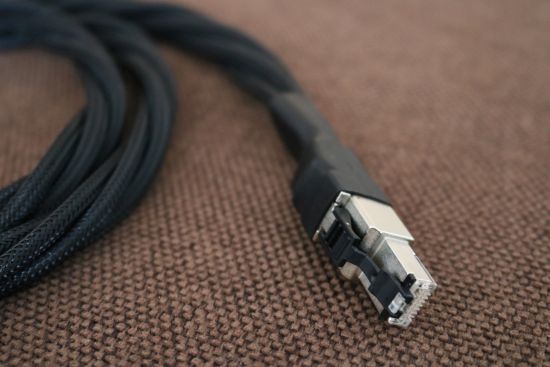
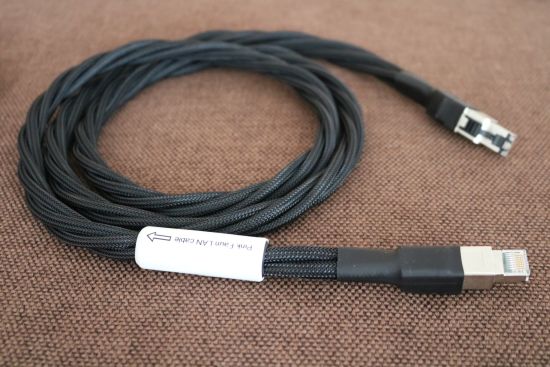
Cable Construction
Using proprietary Pink Faun non-inductive tin-plated extruded wiring and Teflon insulation, the Pink Faun Digital Interlink LAN cable is built to military spec using multiple HF and LF shielding, optimized to perform in digital audio systems, more specifically Server/Renderer combos. It will also work as a printer cable but it won’t make your prints look sharper, I think:-)
Setting a Baseline
In order to assess a high-end USB or Ethernet cable, one needs to refer to a standard. But what defines the baseline? How do we know which cable sounds closest to the source? To read more about this, please refer to this article, in which I aim to answer this question and provide some perspective.

Review Context
The review system consists of an Antipodes CX+EX music server combo, a CH Precision C1 DAC, a CH Precision A1.5 power amplifier and Martin Logan ESL15A loudspeakers.
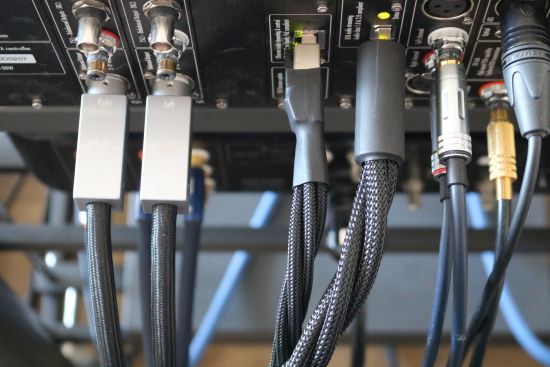
Rear side of the C1 DAC showing the Pink Faun LAN cable and USB cable side by side
Listening
My default setup is the Antipodes CX and EX combo inter-connected via a standard CAT6 cable and the same type cable to the CH Precision C1 DAC. After changing the cable between EX and C1 for the Pink Faun LAN cable, the sound gains a lot of sophistication and composure. The resolution does not change but the presentation is considerably less dry, creamier in the midrange and smoother overall. It’s a warmish sound, however, that does feel a little less expressive and a little slower, or should I say calmer, than the standard cable.
If you’ve continued reading so far then you’ll probably also not be surprised that running in can also be a factor, even with LAN cables. I know, even more annoying. But call it a mental adjustment or actual running in, the reality is that after having given the system plenty of playback time while leaving the cable in place, listening again 2 weeks later, the sound comes across entirely differently.
Just to confirm that I was not kidding myself I played several tracks from various reference playlists but I could only conclude that the sound was now remarkably good. So good, in fact, that I couldn’t imagine how the standard cable could improve it. With the Pink Faun LAN cable, it was fast and lively, open and coherent, immediate and dynamic as well as room-filling, smooth, liquid and utterly engaging. Remarkably, it’s a fully unforced yet highly lively delivery.
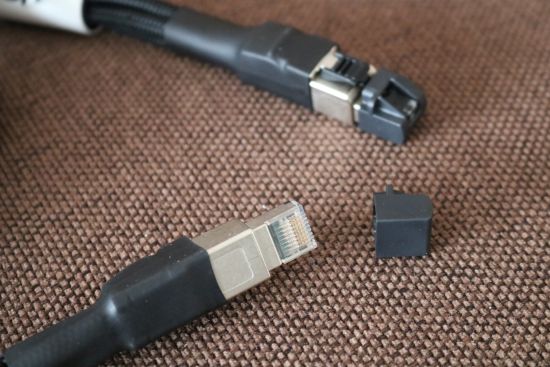
I’ll admit that it took some deliberation to swap back to my standard cable. And having finally done this I was pretty disappointed. While the standard cable is still a little bit tighter and directer, the gain in these aspects really is only very small. Much smaller, indeed, than during my first listening. Meanwhile, with the OEM cable, a lot is lost in other territories such as spaciousness, richness of texture, and, perhaps most importantly, the musical flow. The standard cable is comparatively really quite flat and, surprisingly, not at all better focused nor revealing of any more details. Yes, it remains slightly tighter and slightly more immediate but it is also rather dry and, I hate to admit, now no longer musically involving at all. I’m sure I can get used to it again but I really do not want to!
Incidentally, the standard cable is not doing over-produced R&B such as Mariah Carey or Christina Aguilera any favors with splashy treble that sometimes borders on the unbearable and in case of Christina can truly be ear-piercing. Such is the healing power of the Pink Faun that these recordings can be played louder and become palatable without losing any resolution or clarity. The Pink Faun’s more luxurious presentation does take away a fraction (let’s say 5%) of the raw transient attack but one can ask the question which is actually neutral, the standard CAT6 cable or the Pink Faun? Does the former relay the signal more accurately or does it allow noise to add edginess? Does the latter filter out noise or does it round off ever so slightly? I say who cares? I get more musical pleasure from the latter and that’s all the “evidence” I need.
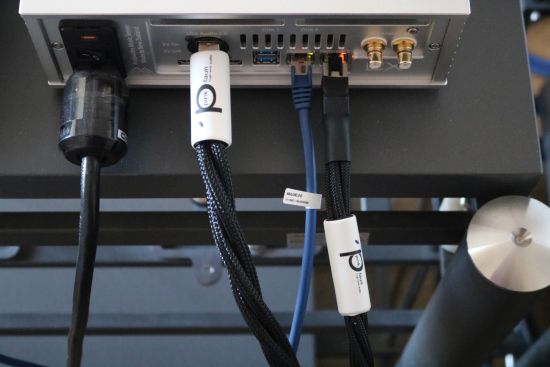
Antipodes EX with Pink Faun USB and LAN cable both connected
LAN or USB
While the LAN cable was connected to the EX, so was the Pink Faun Digital Interlink USB cable, which enabled a direct comparison. Before I explain the audible differences I should note that USB cables are hugely dependent on the implementation of the protocol and can sound very different from server to server and from endpoint to endpoint. Certainly, in my case, the C1 and the Antipodes servers even more so, behave differently with LAN and USB but regular readers will know that I tend to prefer Ethernet over USB.
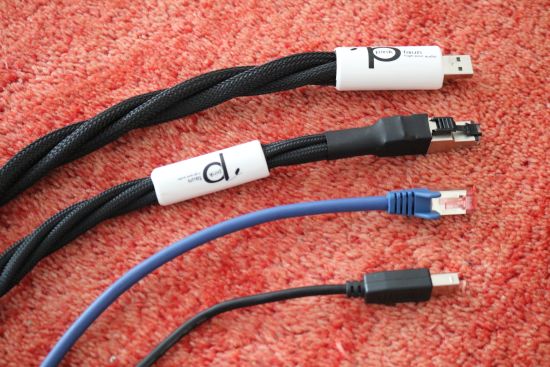
As can be read in the review, the Pink Faun USB cable has a uniquely full-bodied, rich, and smooth delivery and when compared to the Pink Faun LAN cable, this holds true. Of all the USB cables I used, it remains a favorite for its full, rich and engaging delivery. But via Ethernet and the C1’s RoonReady board, even with the aforementioned OEM Cat6 cable, the sound is purer and more direct and ultimately most neutral to my ears. If we then add the Pink Faun LAN cable to the mix, then it’s simply game, set, and match. The Pink Faun LAN cable manages to maintain the best assets of the Pink Faun USB cable and combines them with the intrinsic advantages of the ethernet connection to arrive at a sound that’s faster and nimbler and altogether more neutral yet still effortlessly engaging. Connected this way, the sound is not only rich and seductive but also fast and immediate, a combination that is usually very difficult to achieve in the digital realm.
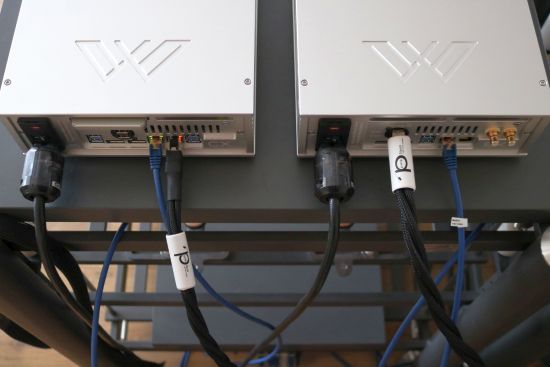
Antipodes CX (left) connected directly via LAN, also showing EX still connected via USB
CX direct
So far, I’ve only listened to the CX+EX combo and made all the connections to the latter. When connecting the Pink Faun LAN cable directly to the CX server for the most direct ethernet connection, all bets are off. While the combo already sounded fantastic when still interconnected with a standard CAT6 cable and the EX feeding the C1 via the Pink Faun LAN cable, this direct CX connection is so obviously superior that it makes further comparisons completely unnecessary. In short, the presentation has retained all the aforementioned qualities while sounding somehow less processed and even more natural.
For whatever reason, it seems that Music Servers require more TLC than CD transports in order to evoke the best of them. While I won’t say that higher-end LAN cables will always yield objective improvements in all systems, as the Pink Faun LAN cable clearly illustrated, they certainly can mean a lot in relative musical terms.
With the Pink Faun LAN cable connected directly between Antipodes CX and CH C1, the server best approaches the La Diva sound, not necessarily in absolute tightness or transient attack but absolutely in terms of flow and overall engagement factor and that, when all is said and done, is what counts most. When listening to music, I want all the technical matters of the reproduction to move aside and for the music to take me along on the ride and that is what happens so much more with the Pink Faun LAN cable.
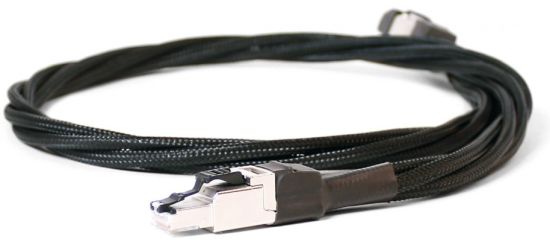
Conclusion
The Pink Faun Digital Interlink LAN achieves what I previously thought impossible for an ethernet cable to do: a smoother, richer sound with more fully-developed textures and tonality while retaining 100% of the standard CAT6 cable’s resolution and 95% of its transient speed and attack. Yes, the standard cable remains slightly tighter and slightly more immediate but it is also rather dry and comparatively musically much less involving. Does the Pink Faun cabler cleverly filter out noise or does it round off ever so slightly? I say who cares? I get significantly more musical pleasure from this cable and that’s all the “evidence” I need.
External Links
Manufacturer: Pink Faun
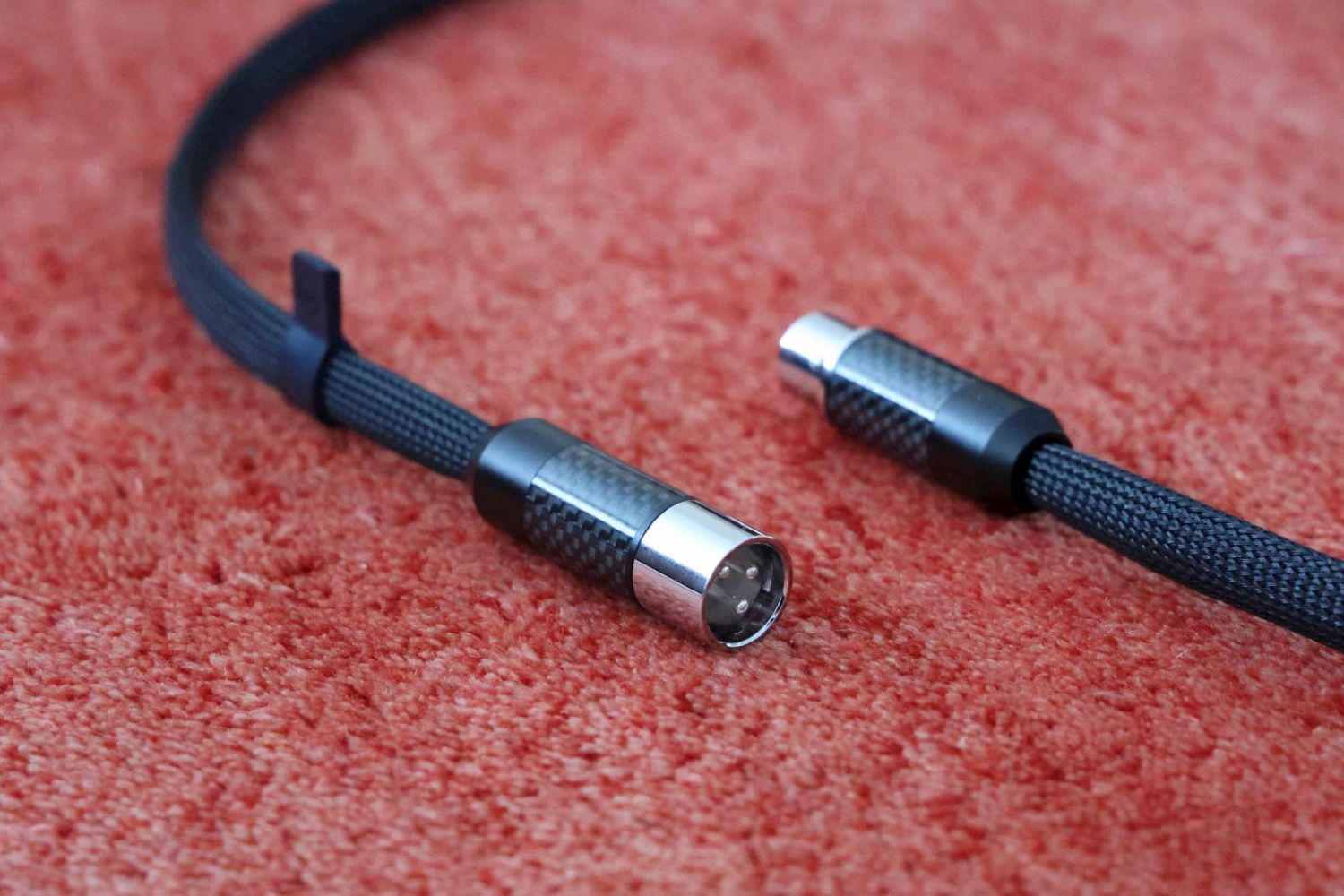
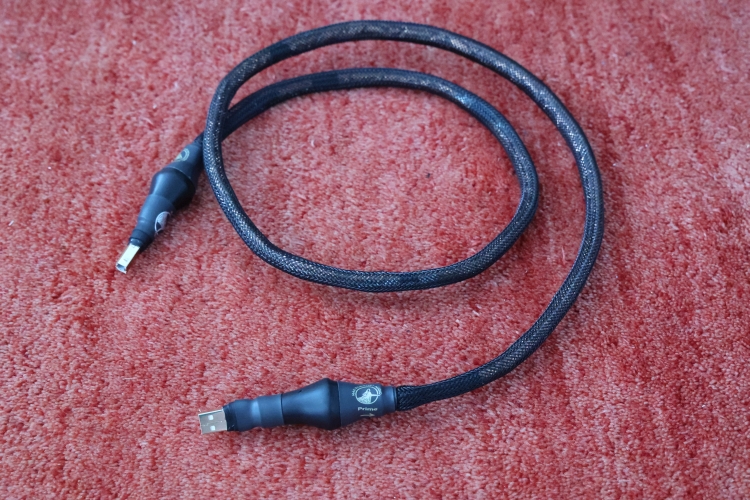
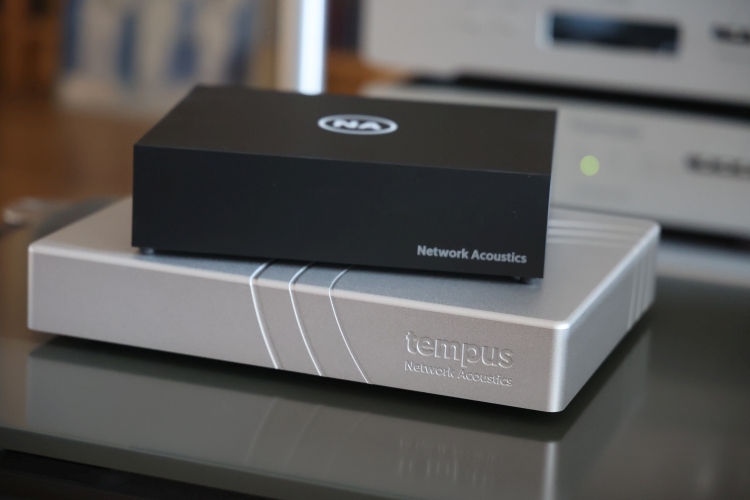

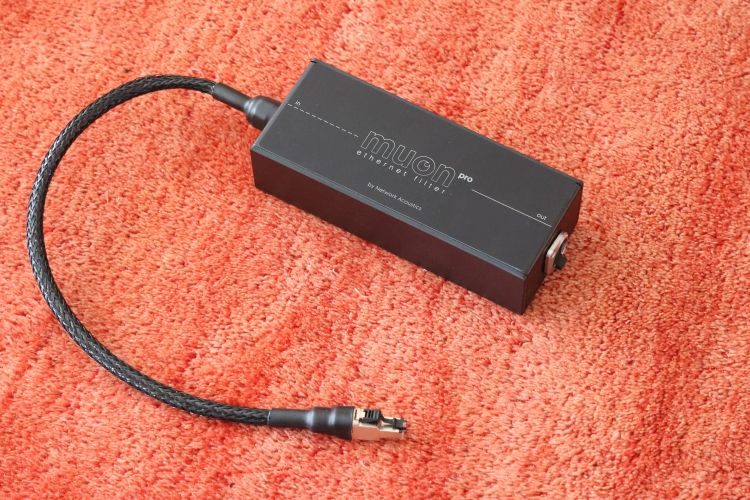
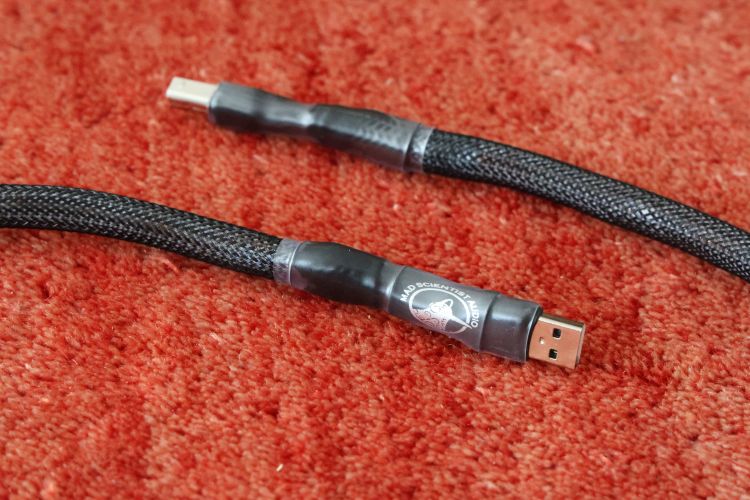
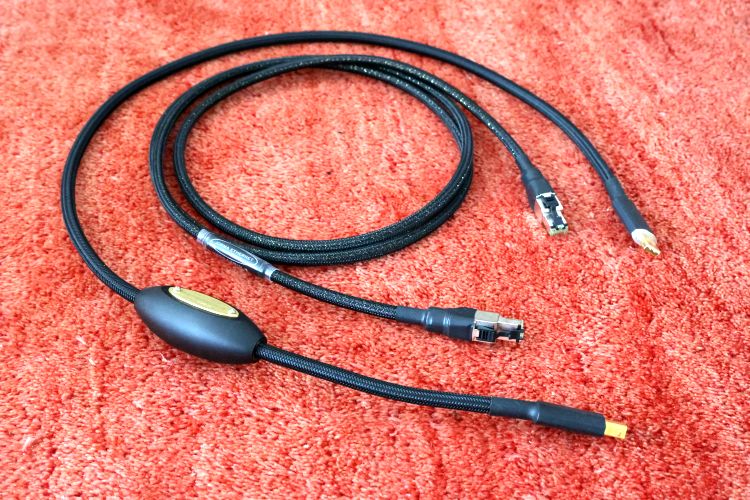
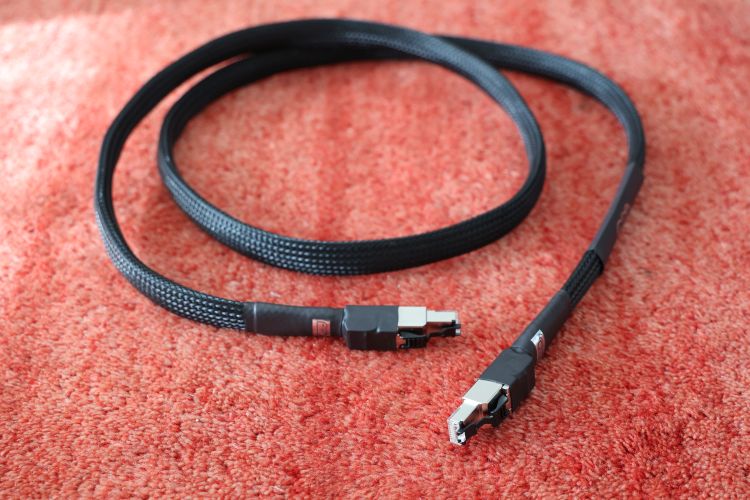
Suggest you investigate the recently released Shunyata Ethernet cables. I suspect you’ll find them to be an interesting competitor, providing additional benefits over other Ethernet designs.
Hi Christiaan,
can you please make a further comparison with CX direct USB out>>>PF USB cable>>>CH C1 and share your impressions?
Thank you.
Matt
Hi Matt, Whether I use the CX or the EX, the relative differences between USB and Ethernet are the same. Other than that, if you haven’t already, please refer to the respective Antipodes reviews to read about the differences between CX and EX.
Hi Christiaan,
just a thought. Maybe Ethernet is better because the Ethernet input of the CH C1 sounds simply better than the USB input?
AFAIK, there was an update for the USB input in May.
BR
Matt
Hi Matt, I have no means of confirming or disproving that theory but it is plausible. However, I do find that Ethernet almost always (not only with the C1 but also with other audio components) sounds more fluid and free-flowing than USB.
Hi Christiaan,
according to another review it seems to be that the USB input is not quite up to the level of the Ethernet input of the CH.
That would maybe confirm my theory.
Matt
Hi Matt, I double checked with Raphael of CH Precision and he explained that change in the look of the website triggered the update to the USB firmware date. There is no actual update of the firmware.
Ethernet is better cos it has better Error-correction than USB streaming.
But standard modems/routers produce more noise, so when one starts this way, it is a long journey. A whole new LAN-end.
Christiaan, did you burn in the LAN cable? usually LAN-cables need longer burn in time.
In my experience, cables can become more relaxed with running in, not usually the other way around. That said, the cable got plenty of playing time.
Hello,
I was interested in LAN cable between my Ziggo Router and switch. So I decided to see whether you had reviewed LAN cables. I came upon your review of the Pink Faun LAN cable. You wrote that the cable was fast, lively, open, coherent, immediate , dynamic and other positive attributes. It turned out that I could buy this LAN cable second hand while trading in another cable I did not find to my liking. You nailed it in your review. What you wrote in your review is exactly what I hear. You also wrote that the cable seemed to be on the wharmish side and seemed to top off the highs. I treated the cable with Kontak and Siltech contact enhancer. The cable is now perfect in my system. Or is my mind playing tricks on me. Long story short. Thanks for the review. It brought me a great cable for a fair price.
I’m glad to hear that my review has helped you! Even if the subject remains controversial and measuring the differences that a cable or a switch make are hard to correlate, evidently, LAN cables do make an audible difference.
Actually, if there’s one thing I learned, it’s that, in audio, virtually everything matters. But sometimes, the mind can indeed play tricks. Whenever I am doubting myself, I ask a friend to make a swap without my knowing what’s what, or alternatively, I ask the friend to be the guinea pig. Works like a charm:-)
I have been auditioning new LAN cables to use with my new Antipodes K50. I have been using a Shunyata Sigma ethernet cable for a while and have their Omega in the house as well as the Pink Faun ethernet cable.
Interesting that there was a digital glare in the Sigma that I didn’t notice before and the Omega doesn’t have this problem. That said, the Pink Faun kicks the Omega to the curb in my system. Everything that is written in this review holds true in my experience.
The Sigma is going up for sale, the Omegas are going back to the dealer and the Pink Faun ethernet cables are here to stay!
What comprises your system? What are you connecting in/out of the Ethernet cables? What are the specific differences you are hearing or not hearing with these Pink Faun cables?
See the HFA Audio Setup Snapshots and Associated Equipment for a complete rundown.
The most obvious differences that I hear are aspects that reflect transient speed and articulation. A digital cable can sound very articulate or soft and rounded. For more details please see the reviews.
Interesting review. I find that having not only testing but using a variety of Ethernet cables in my system (Roon Nucleus->Uptone etherREGEN switch->dCS Upsampler with associated dCS stack) I’ve arrived at a conclusion which is quite similar to your own: it’s not about getting the bits to/from devices but all the detritus that gets picked up along the way as well as how precisely the wave form and spacing of bits maintain their flow and control. My current happy solution uses Shunyata Omega. I suspect that the Pink Faun would do well in my system, but I’ve no inclination to spend the $’s to determine if that would be true or not. I’ll say that all components in the chain matter, and often surprisingly so.
It’s good to hear that my general consensus resonates with your findings, Steve. Indeed, everything matters, sometimes to a larger degree than one might suspect.